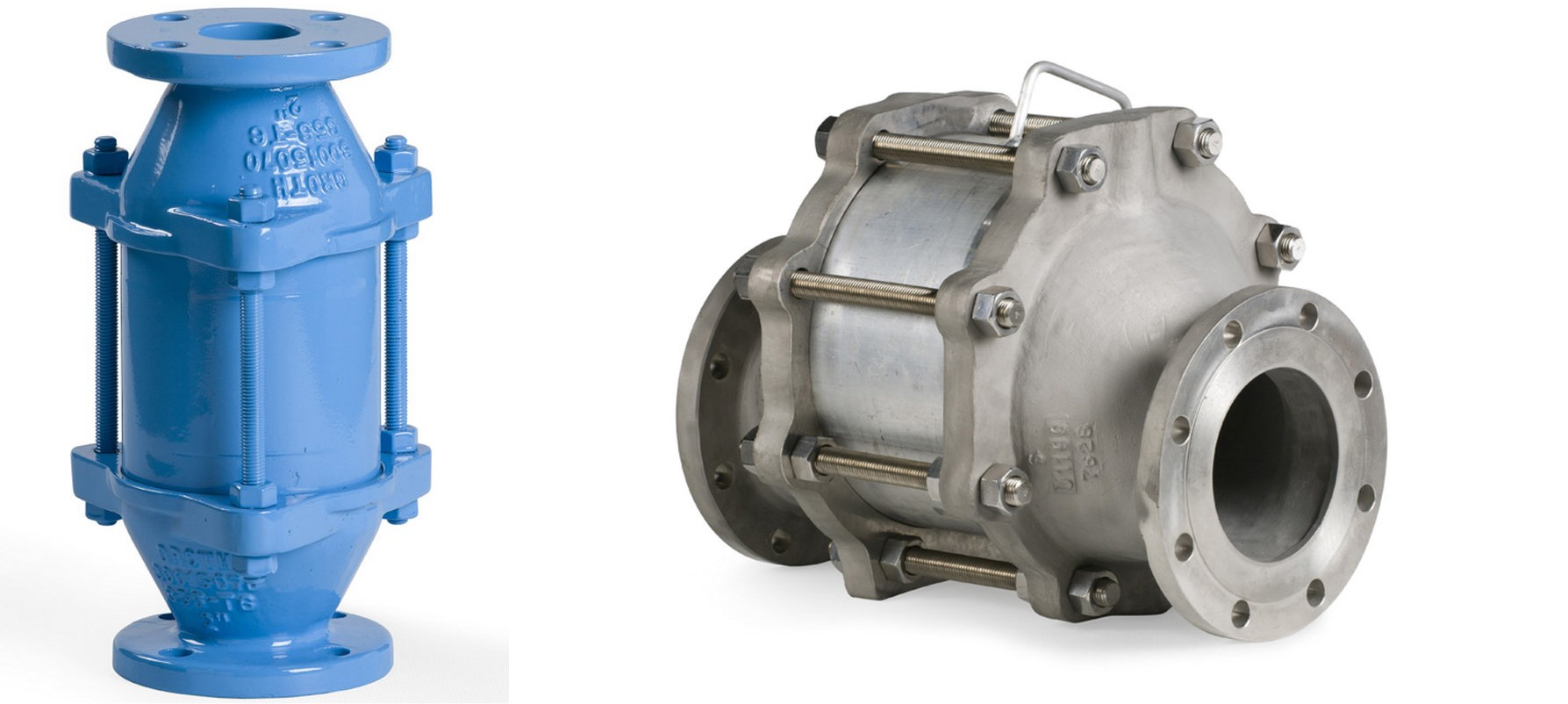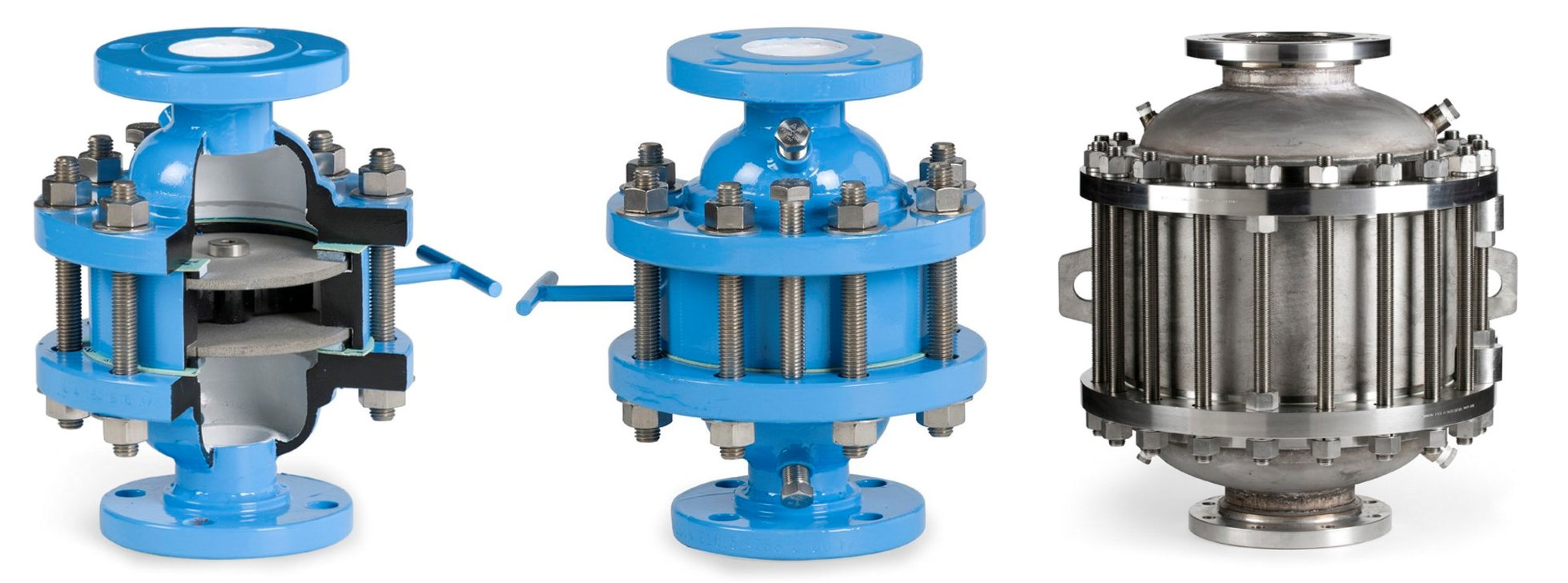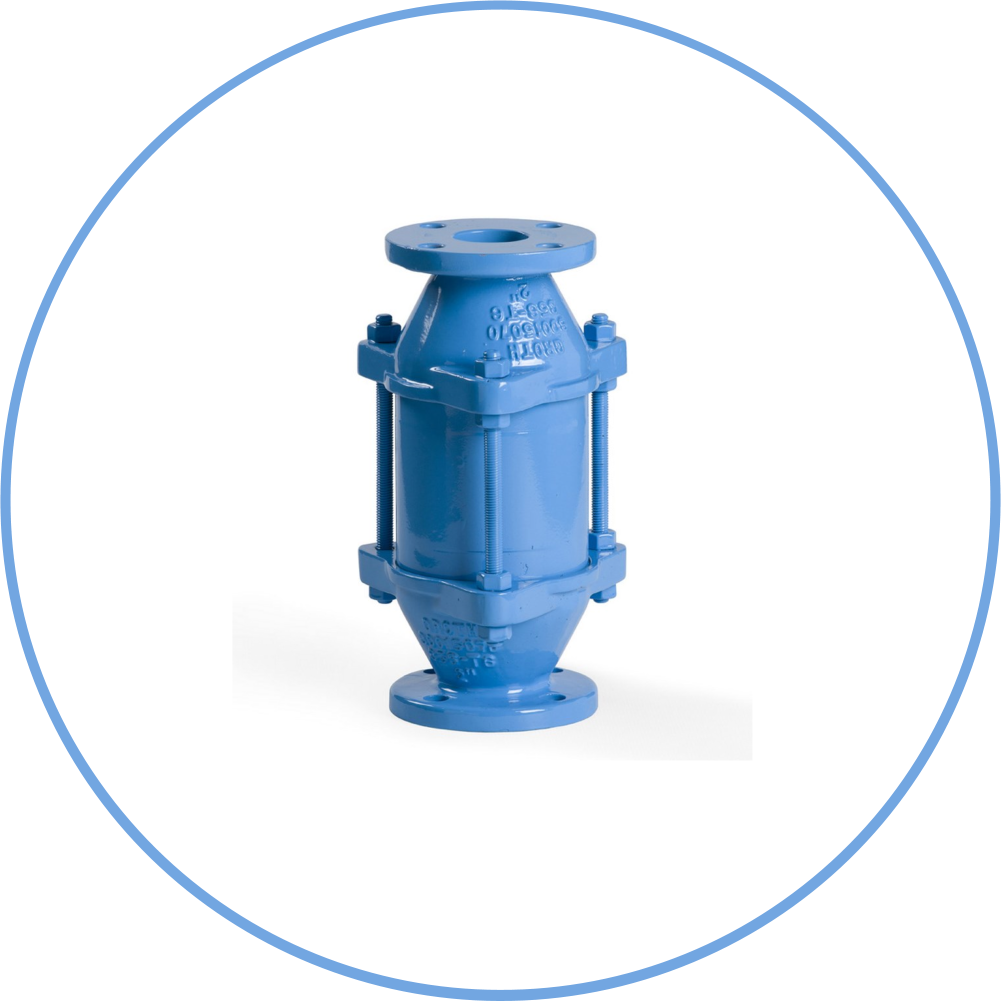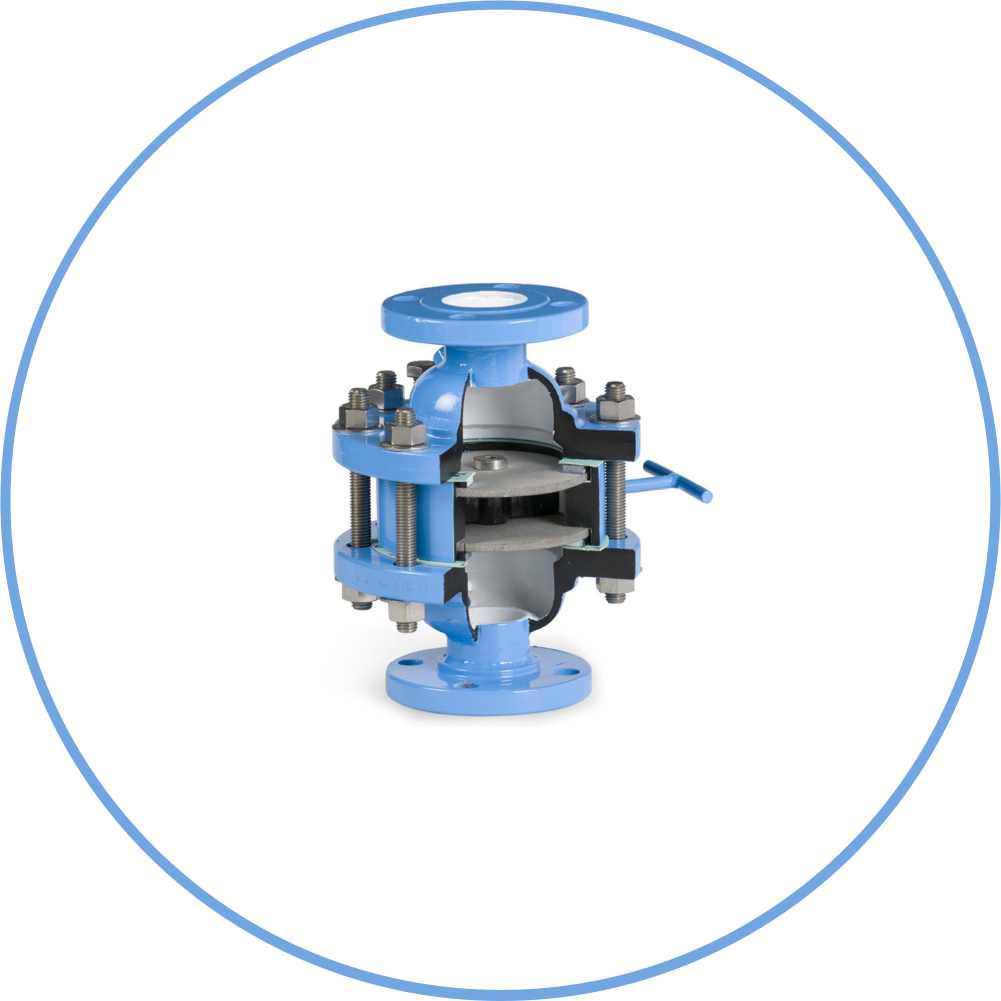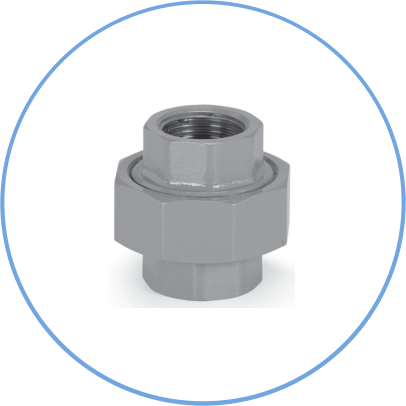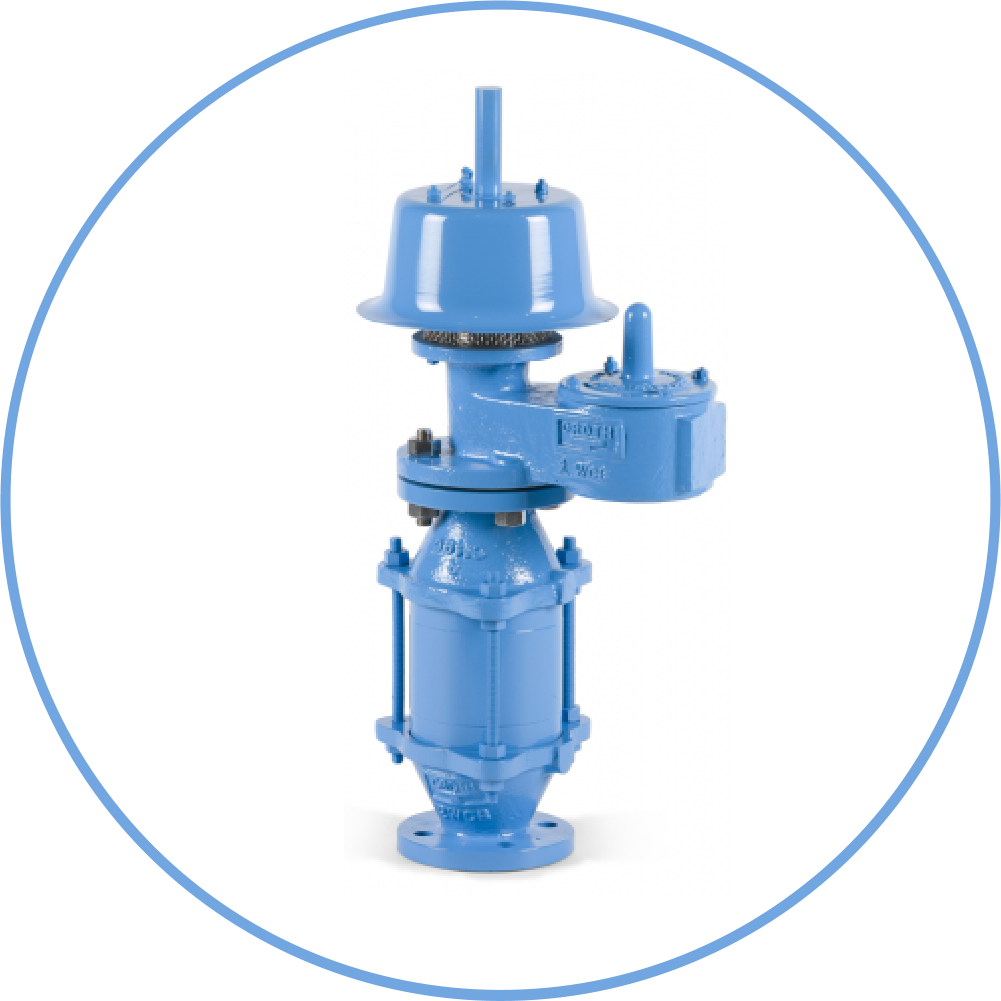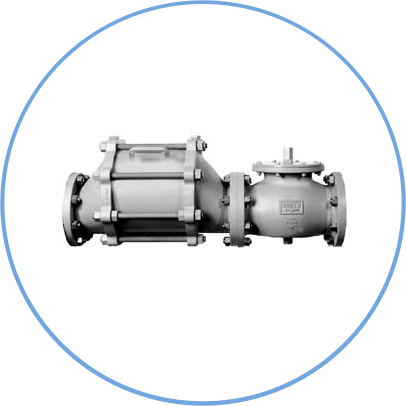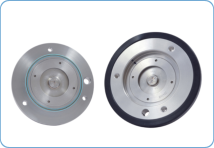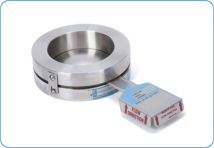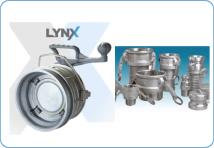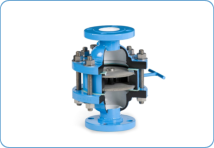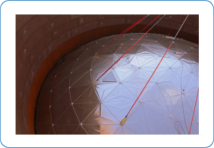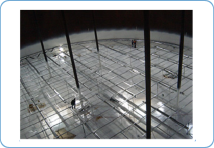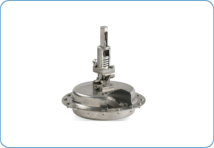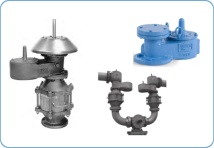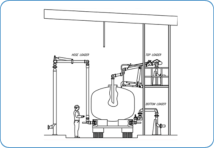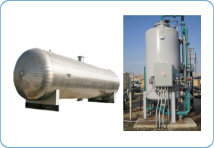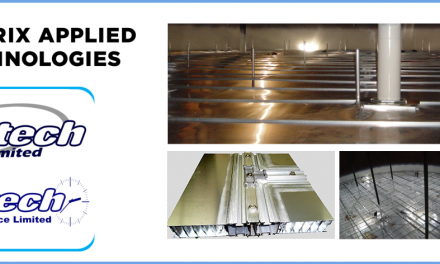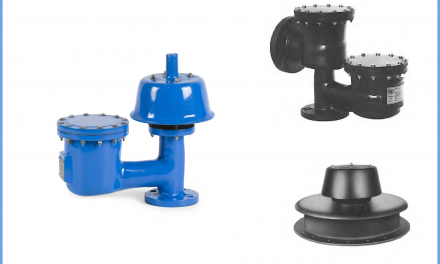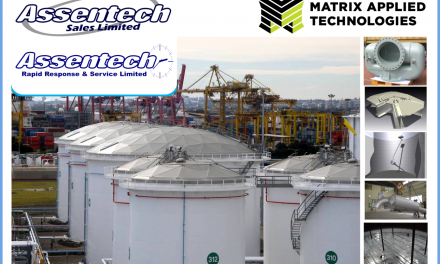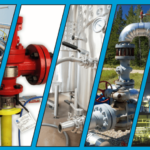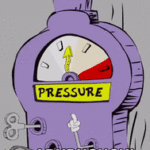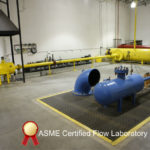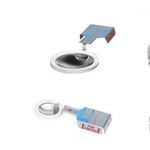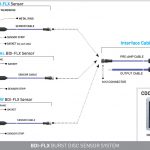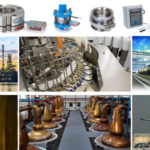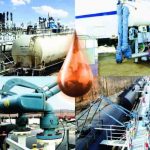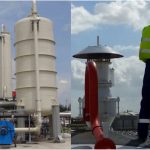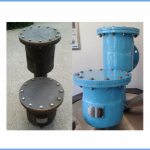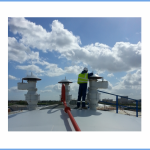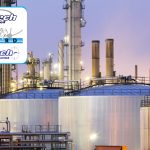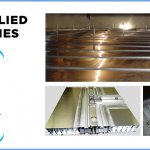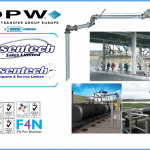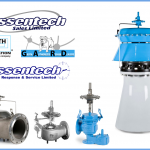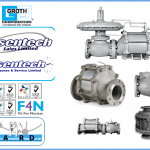The difference between deflagration and detonation flame arresters
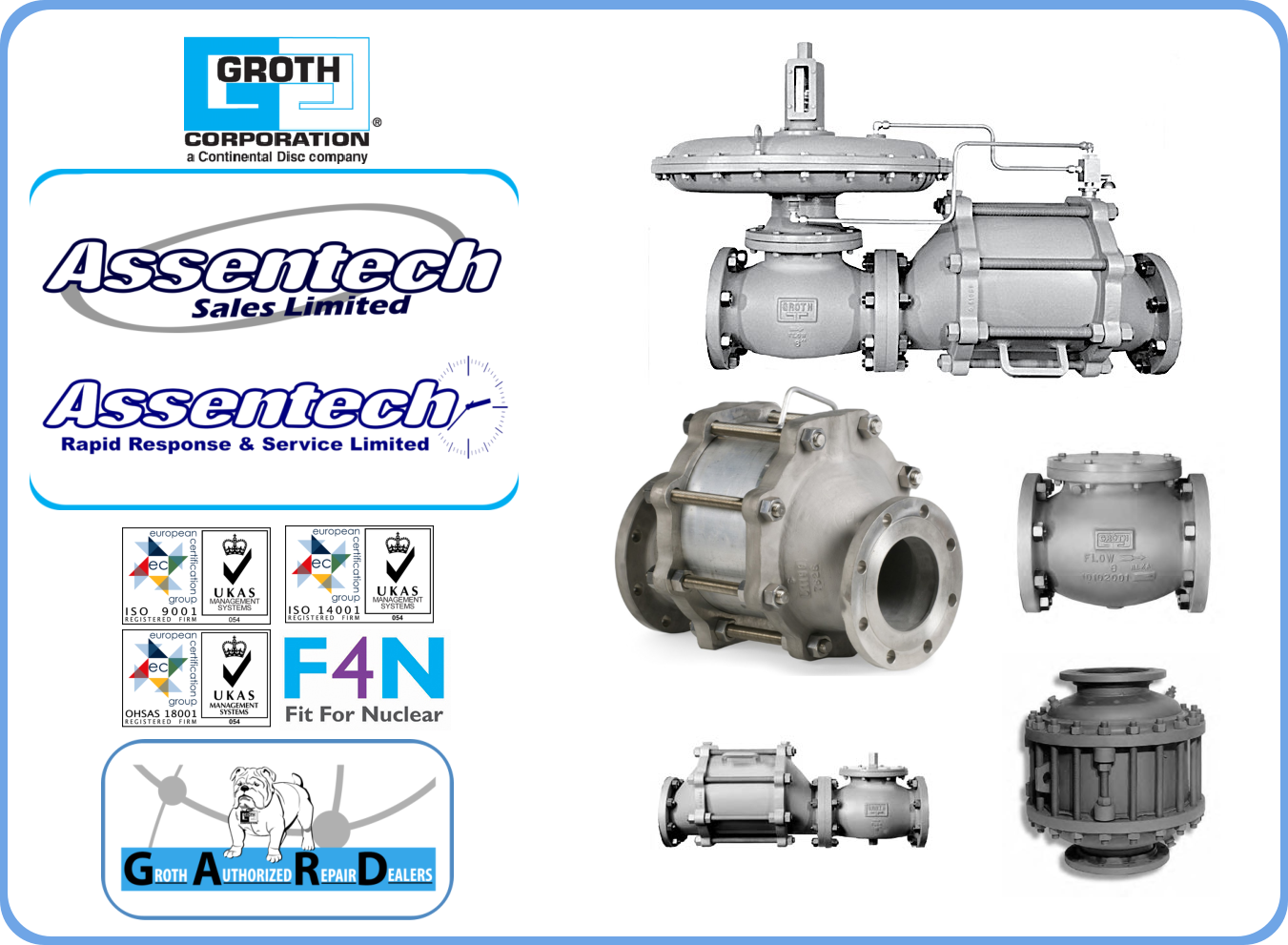
Flame Arresters are mechanical safety devices that prevent a fire (flame) travelling from one part of a site to another and prevent a flame entering a vessel and igniting vapour.
Deflagration Flame Arresters or Detonation Flame Arresters ?
- Deflagration is a term describing subsonic combustion propagating through heat transfer where hot burning material heats the next layer of cold material and ignites it. Most “fire” found in daily life, from flames to explosions, is deflagration.
- Detonation is different from deflagration as it is supersonic and propagates through shock. Detonation involves a supersonic exothermic front accelerating through a medium that eventually drives a shock front propagating directly in front of it. Detonations are observed in both conventional solid and liquid explosives as well as in reactive gases. Gaseous detonations normally occur in confined systems but are occasionally observed in large vapour clouds. They are often associated with a gaseous mixture of fuel and oxidant of a composition, somewhat below conventional flammability limits.
As well as sizing, supplying and installing flame arresters, Assentech also service in-situ and refurbish at our purpose built repair centre – one of only 2 Groth Approved Repair Dealer workshops in Europe.

